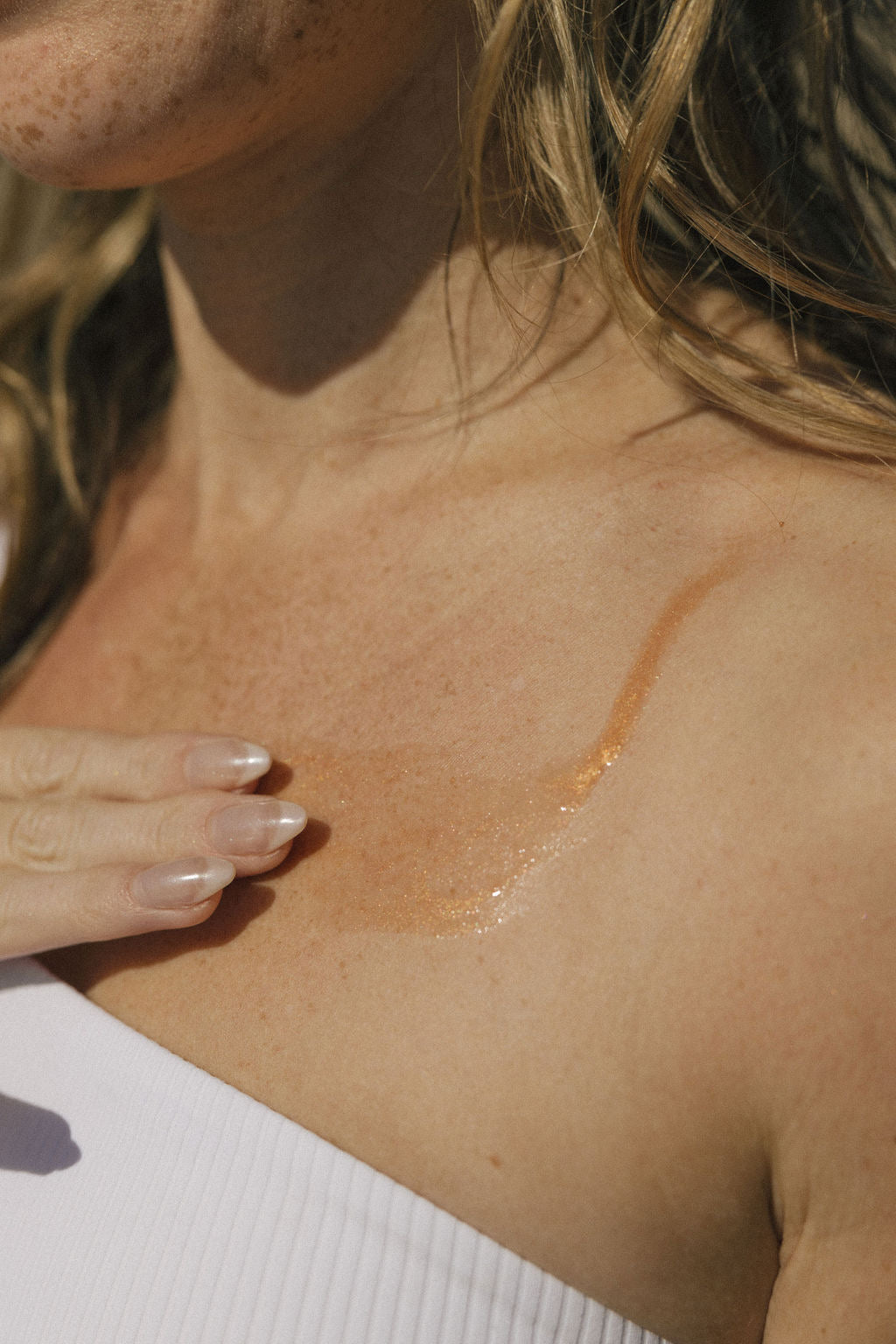The UV Index (UVI) is a measure of the strength of ultraviolet (UV) radiation from the sun. It is a scale that was developed by the World Health Organization (WHO) and other international organizations to provide a standardized way of communicating the risk of skin damage from UV exposure.

The UV Index ranges from 0 to 11+, with higher numbers indicating a greater risk of skin damage from UV exposure. The UV Index takes into account factors such as the altitude of your location, the time of day, and the amount of cloud cover.
Here's a breakdown of the UV Index scale and what it means:
- 0-2: Low risk of UV exposure. You can safely spend time outdoors without protection.
- 3-5: Moderate risk of UV exposure. You should wear a hat and sunglasses, and apply sunscreen with an SPF of at least 30.
- 6-7: High risk of UV exposure. You should seek shade during peak sun hours, wear protective clothing, and apply sunscreen with an SPF of at least 30.
- 8-10: Very high risk of UV exposure. You should avoid spending time outdoors during peak sun hours, wear protective clothing, and apply sunscreen with an SPF of at least 30.
- 11+: Extreme risk of UV exposure. You should avoid spending time outdoors during peak sun hours, wear protective clothing, and apply sunscreen with an SPF of at least 30.

It's important to note that even on cloudy or overcast days, UV radiation can still penetrate through the clouds and cause skin damage. Checking the UV Index before spending time outdoors and taking appropriate precautions can help protect your skin from the harmful effects of UV radiation.
Don't forget to stock up on summer skincare with our Sun Down Summer collection. All products were specifically formulated for dry, sun-kissed summer skin.


